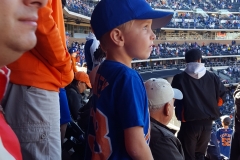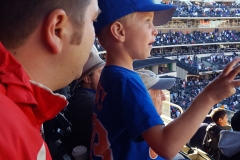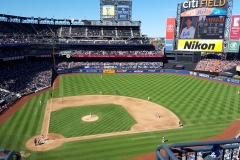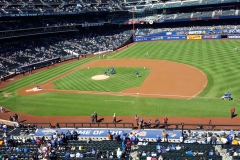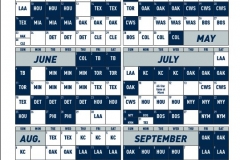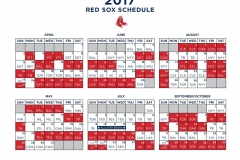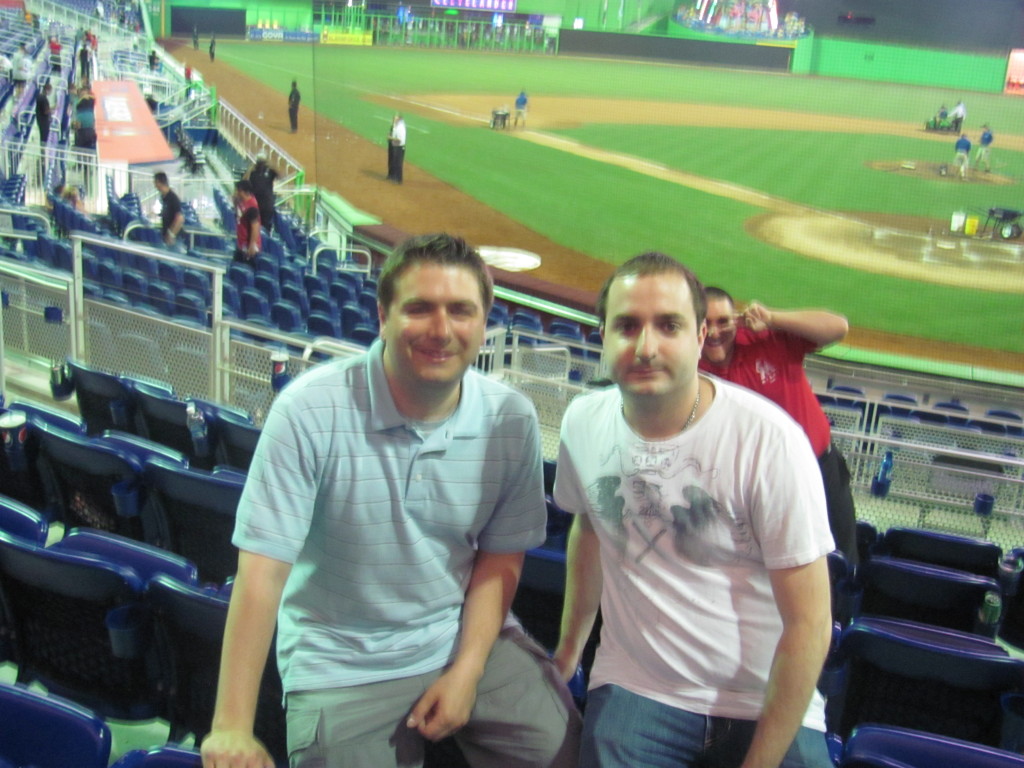
April 28, 2012: Miami, Florida
There are few instances in my life where procrastination has paid off. Waiting five years to share my Marlins Park experience is one of them. On Friday August 11th, Jeffrey Loria agreed to sell the Marlins to an investment group led by Bruce Sherman and former Yankees shortstop Derek Jeter for $1.2 billion. Loria became owner of the Marlins after selling the Montreal Expos to MLB for $120 million. After landing the Marlins, Loria continued his questionable business practices by threatening to move the Marlins while investing very little on the field. Despite the nefarious nature of both strategies, they paid off. The Marlins won the 2003 World Series behind a number of young, cost-controlled stars, and in 2012 Loria opened Marlins Park.The Marlins and Loria paid $125 million of the park’s $634 million in construction costs, plus another $35 million via an interest-free loan from Miami-Dade County. When you add interest charges, the total cost to taxpayers is expected to come in around $2.4 billion over 40 years. Jeffrey Loria is an evil genius. With all the attention Marlins Park received, Loria was smart enough to increase the team’s payroll to an unprecedented $107 million for the 2012 season, only to punt on free agent signees Jose Reyes and Mark Buehrle in the offseason after a disappointing year. The Marlins have not had a winning season since Marlins Park opened. Their attendance peaked in 2012 with 2.2 million fans despite having All-Stars Giancarlo Stanton and the late Jose Fernandez on the field. The fans who do show up at Marlins Park are treated to a one-of-a-kind baseball experience.
Marlins Park is a retractable-roof ballpark located two miles west of downtown Miami in Little Havana, a residential Cuban neighborhood that had very little in terms of pregame atmosphere during my visit in 2012. Mike and I stopped in a Cuban carry-out where they marinated the carne asada in a heavy-duty plastic garbage can. Don’t judge a book by its cover; it was the best carne asada I’ve ever had! The Marlins were rebranded to represent Miami for the 2012 season. The Florida Marlins were born in 1993 and were the state’s only MLB team at the time. The Miami Marlins brought the flair of the city with their new logo which included black, red-orange, yellow and blue. Marlins Park design is neo-modern breaking the retro mold of the newer ballparks. The ballpark’s exterior consists of white stucco, steel, aluminum, and glass. The interior is set to map out Miami’s topography, with green pavers serving as the grass while the cobalt blue glass at eye level represents the ocean. Its capacity of 37,442, with 32,300 seats between the foul poles, offers fans a cozy feel with excellent views. Marlins Park is also the only MLB ballpark with an aquarium behind home plate, serving as a part of the backstop. Bullet-proof glass keeps the fish safe from wild pitches and the occasional bat toss.
My two favorite features of Marlins Park are the Bobblehead Museum, located along the first base concourse, and the controversial Home Run sculpture in left centerfield. Designed by Red Grooms, it includes mechanical marlins that circle the sculpture and dive into the water when the Marlins hit a home run. The art deco motif is quintessential Miami and is a one unique piece of art. Having Jeffrey Loria as owner during the planning of Marlins Park did pay off in the sense that he was able to leverage his background as an art dealer to add several displays of art throughout the ballpark. The early reports are that the new ownership group may remove the sculpture in favor of something more traditional. Leave it to a former Yankee to take the fun out of Miami.
I attended the ninth home game in Marlins Park history. It was game two of a four-game series with the Arizona Diamondbacks. The two former expansion franchises gave the 33,525 in attendance a reason to hang around for more than just the Star Wars-themed postgame fireworks. The Diamondbacks jumped on Marlins starter Anibal Sanchez early with two runs on three hits in the first inning. It would be the only hits the visitors had throughout the game. Sanchez settled down after the first to strike out 14 in seven innings. Ian Kennedy was on top of his game throughout his six-and-a-third innings of work, allowing one run. Marlins left fielder Logan Morrison tied the game with an 8th-inning solo home run, (cue the home run sculpture). The Marlins bullpen kept the score tied at two headed into the bottom of the ninth, where Hanley Ramirez would deliver the game-winning RBI single. Marlins 3, Diamondbacks 2.
